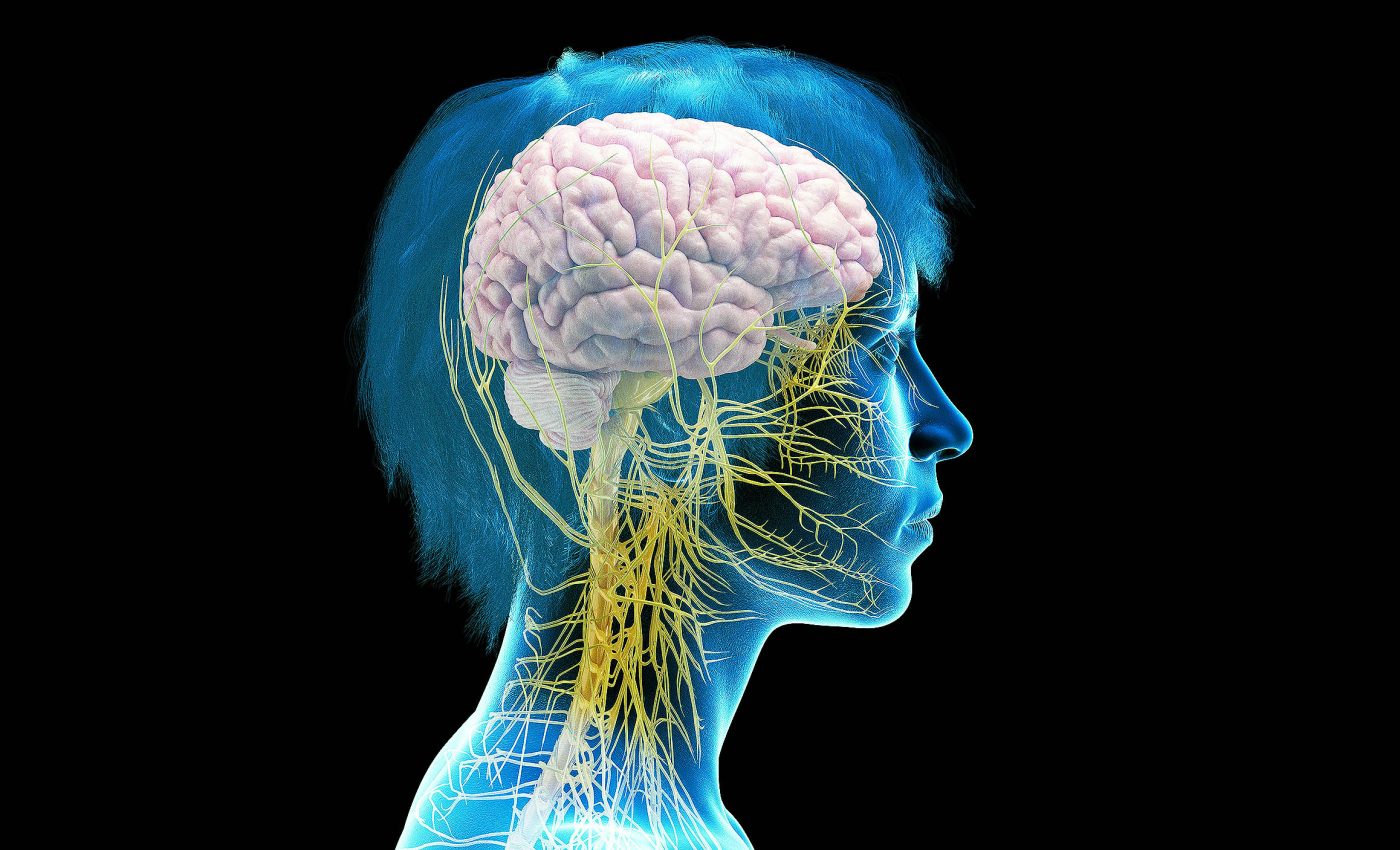
How you breathe may hold the key to improving your memory
Your brain doesn’t completely shut off when you fall asleep. It shifts into a different mode and starts to organize and catalog into memory what you learned. During sleep, breathing patterns change with sleep stages, working to help the brain reinforce those memories.
In a deep memory hub called the hippocampus, three sleep waves linked to breathing matter for this work: slow waves, sleep spindles, and fast “ripples.”
These waves need to line up during non-REM sleep (NREM) for the “save to long-term storage” job to work well.
A key idea asks a simple question with big consequences: could your own breathing be a key component that helps your brain’s memory hub do the best job possible to store and reinforce those memories?
If a basic body rhythm helps those brain waves stay in sync, this would explain why sleep quality and steady breathing matter for improved learning skills and long-term memory storage.
Breath, brain waves, and memory
Researchers noticed that the memory-related brain waves do not occur continuously. They arrive in bursts every few seconds. That slow pace – roughly every three to six seconds – matches natural breathing during sleep.
If two rhythms share a tempo, one could guide the other. The team tested whether breathing acts like a hidden “metronome” for hippocampal sleep waves.
They recorded directly from the human hippocampus using tiny depth electrodes placed for medical reasons.
Adult volunteers slept while instruments captured nasal airflow to time each breath and electrical signals in the hippocampus to measure brain activity. Each person contributed stretches of stage N2 sleep, a common non-REM stage.
Across participants, many separate hippocampal sites yielded enough data to test whether patterns held up, rather than appearing just once.
First test: a breathing-paced beat?
The first question was straightforward: does a hippocampal rhythm appear at the breathing frequency during sleep?
The answer was yes. A slow oscillation inside the hippocampus matched the respiration rate.
The team then used a method called Granger causality to check which signal tends to lead the other. The result pointed from breathing to the hippocampal slow rhythm.
In simple terms, the breath rhythm drove the matching rhythm in the hippocampus, not the reverse.
Brain waves and breath timing
Next came timing within each inhalation and exhalation. Ripples – the fast bursts tightly linked to memory replay – clustered at preferred points of the breath cycle.
The phase of the breath also affected ripple strength. Slow waves and spindles showed the same alignment.
Their peaks tended to land at specific phases of the inhale-exhale pattern, and their strength rose and fell with the breath. This pattern appeared across participants and many electrode sites.
The most important test looked at “nesting,” the arrangement in which ripples sit inside slow waves (and sometimes spindles) when memory processing runs at its best.
The team sorted ripples by how tightly each one locked to breathing. Ripples that tracked the breath most strongly were also more precisely nested inside slow waves.
That pairing of ripples and breath is the configuration linked in earlier work to stronger memory consolidation.
What it means for sleep
This link between breathing and brain timing points to a practical concern. Sleep-disordered breathing, such as sleep apnea, may disrupt the careful sequencing that supports learning.
If pauses in breathing repeatedly interrupt sleep, the brain’s timekeeper may be thrown off schedule and memory systems may struggle to store new information overnight.
Treating disordered breathing already matters for overall health; this work adds another reason.
Caveats and next steps
This study relied on people who already had depth electrodes for clinical care, not a random sample of perfectly healthy sleepers. To reduce that concern, the team analyzed only clean, seizure-free sleep and excluded abnormal traces.
Even so, future research should confirm the same patterns in healthy volunteers using noninvasive tools. The sample size was small, although many hippocampal contacts showed the same relationships.
One more limit is worth noting. The study focused on timing between respiratory and neural signals; it did not test whether altering breathing during sleep improves next‑day memory in these participants.
That question remains open and testable. Controlled experiments that safely nudge sleep breathing and track memory performance would help answer it.
Hippocampus in non-REM sleep
The hippocampus helps store new experiences so you can recall them later. During non‑REM sleep, it works with the cortex through a sequence. Slow waves mark periods when neural activity dips and rises, setting broad timing.
Sleep spindles are short bursts of rhythmic activity that support communication between brain regions. Fast “ripples” in the hippocampus accompany replay of recent experiences.
Breathing, memory, and brain health
Breathing doesn’t only move air. It modulates signals in pathways that connect the nose and brain. That movement can set a slow rhythm that other networks follow.
If the hippocampus picks up this rhythm during sleep, the breath may help arrange when slow waves peak, when spindles occur, and when ripples spark.
That timing matters because precise order – not just the presence of the waves – appears to support memory strengthening.
To sum it all up, this study suggests that your sleeping brain may take its cues from your breath.
That connection offers a clear takeaway: steady, healthy breathing during non-REM sleep likely supports learning. Disrupted breathing – such as in sleep apnea – may break that timing and weaken overnight consolidation.
Into which category do you fall? Ask your spouse, and if you feel it might be necessary, sign up for a sleep study. In the end, memories are all we’ve got, so do what you can to hold yours tight.
The full study was published in the journal PNAS.
—–
Like what you read? Subscribe to our newsletter for engaging articles, exclusive content, and the latest updates.
Check us out on EarthSnap, a free app brought to you by Eric Ralls and Earth.com.
—–













